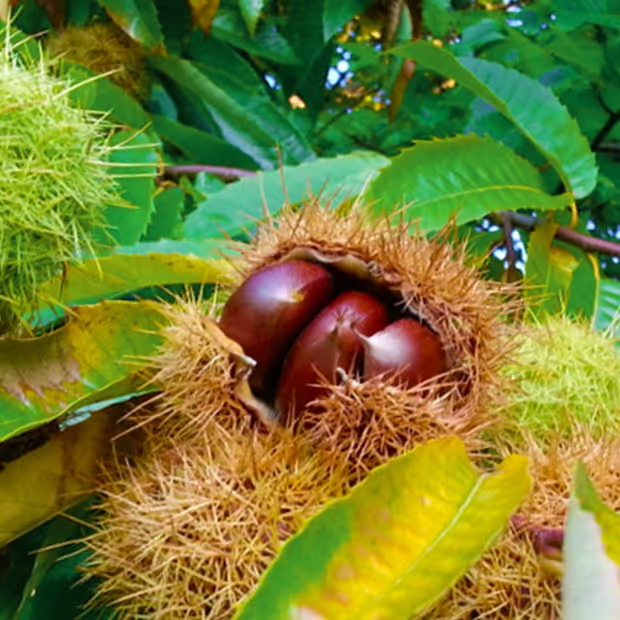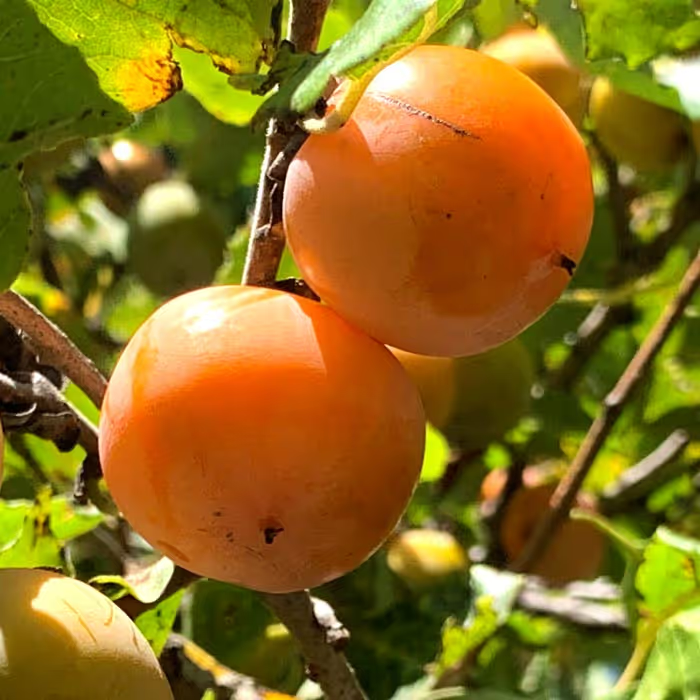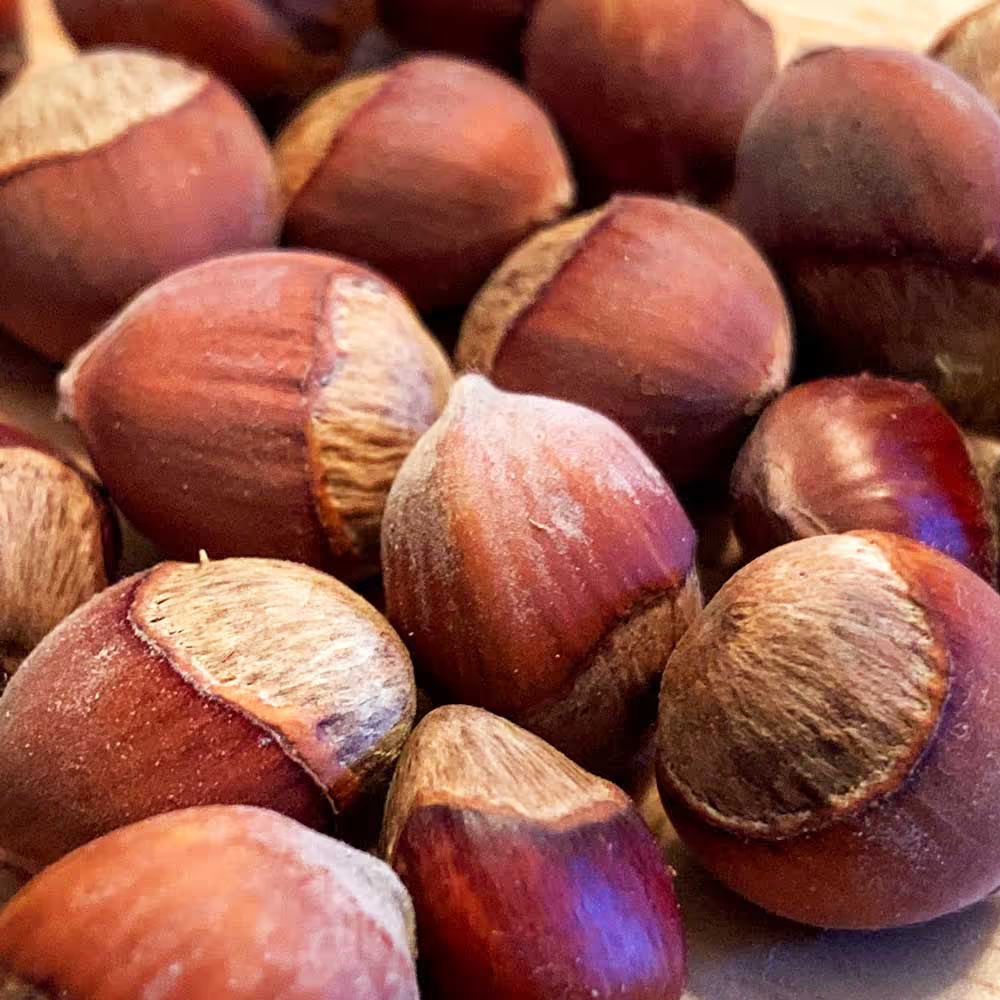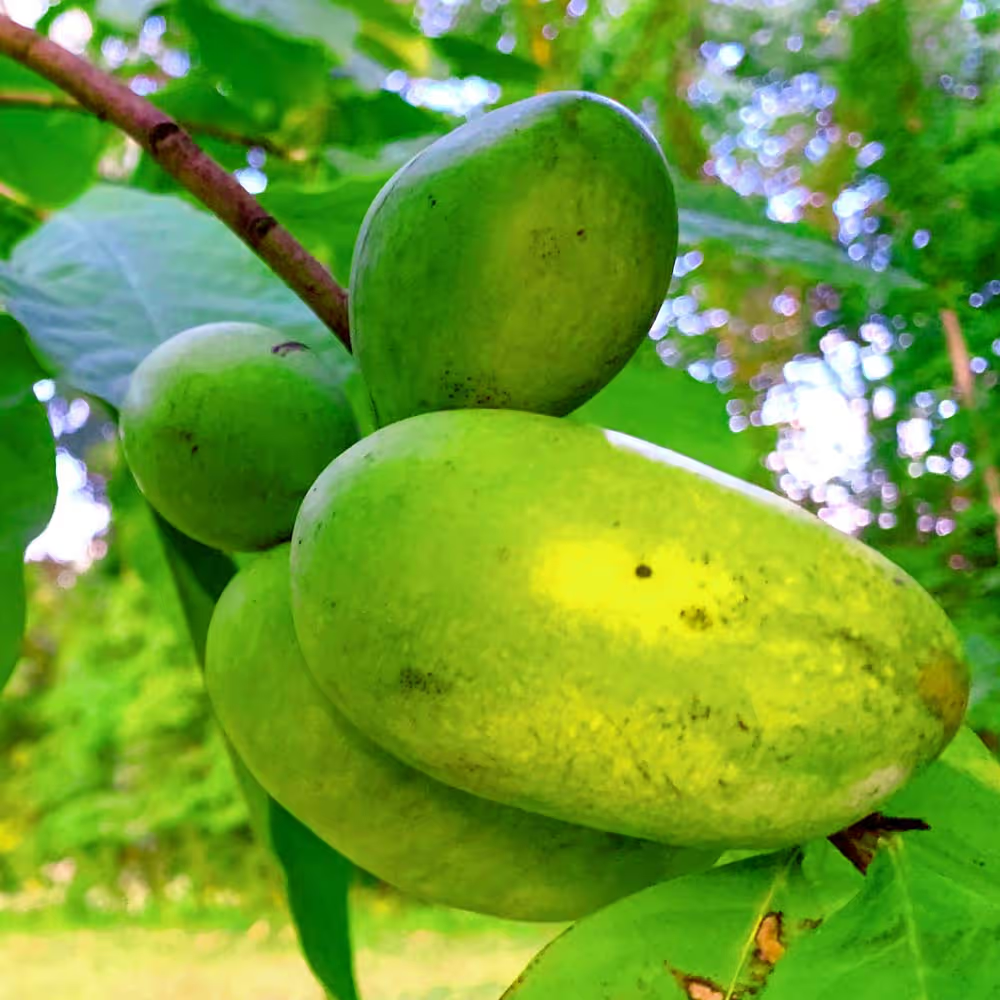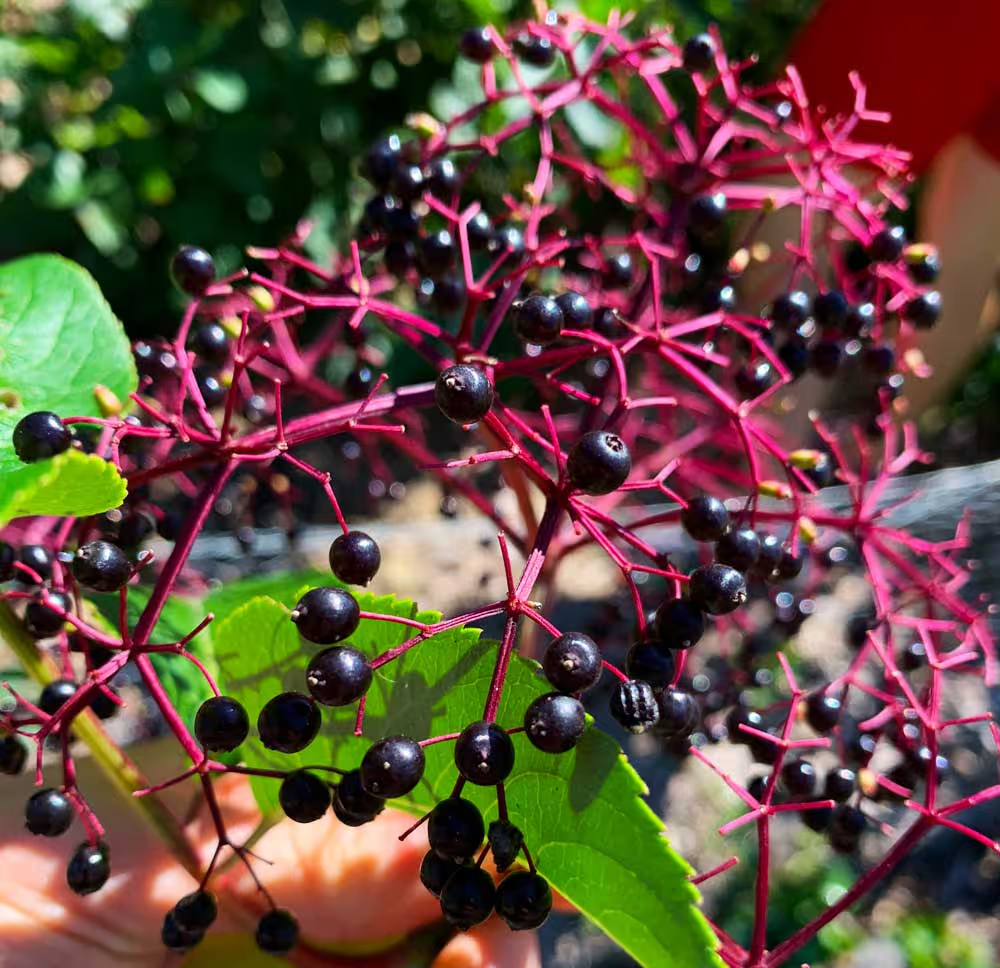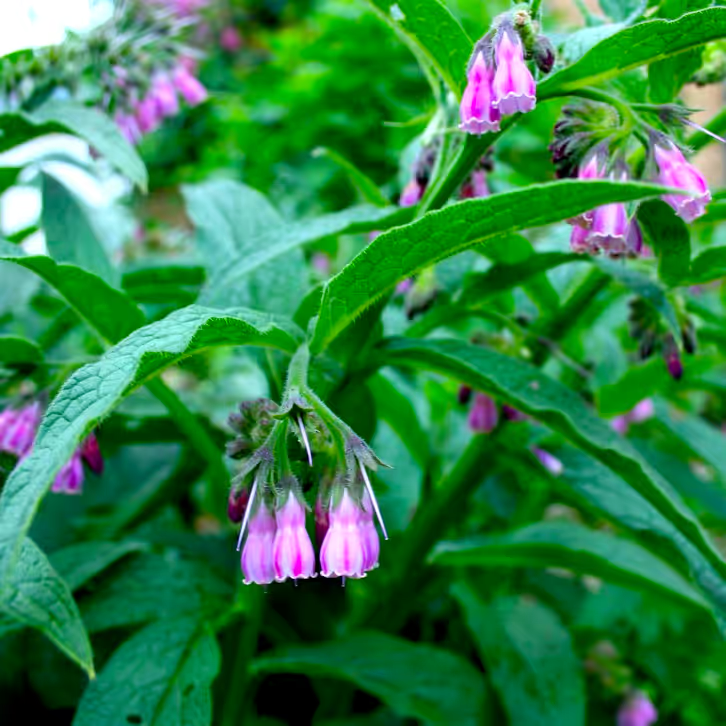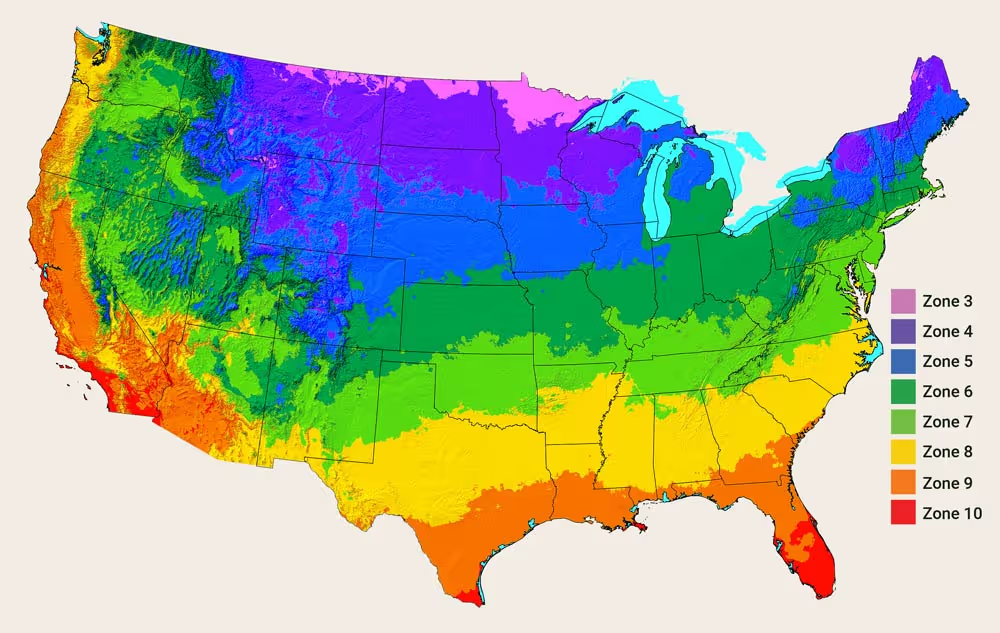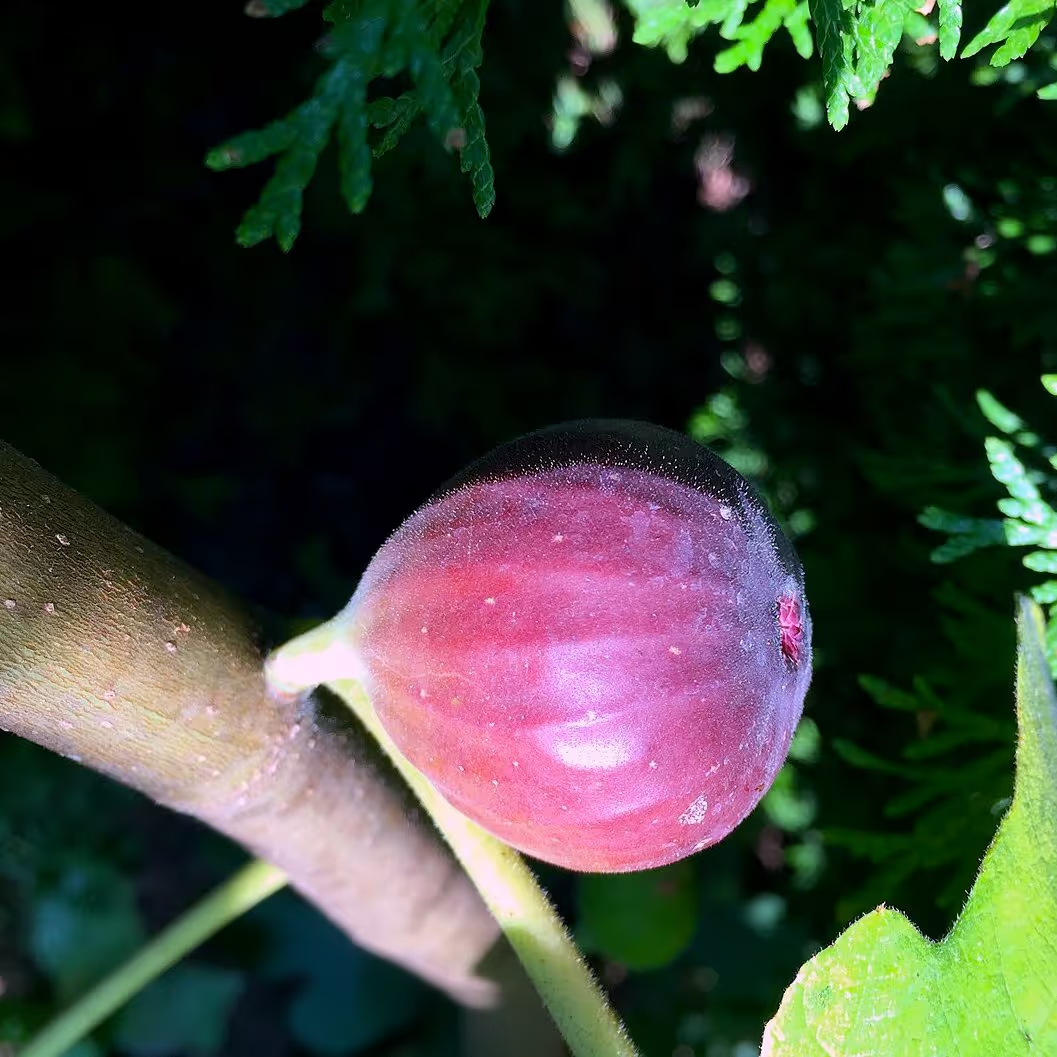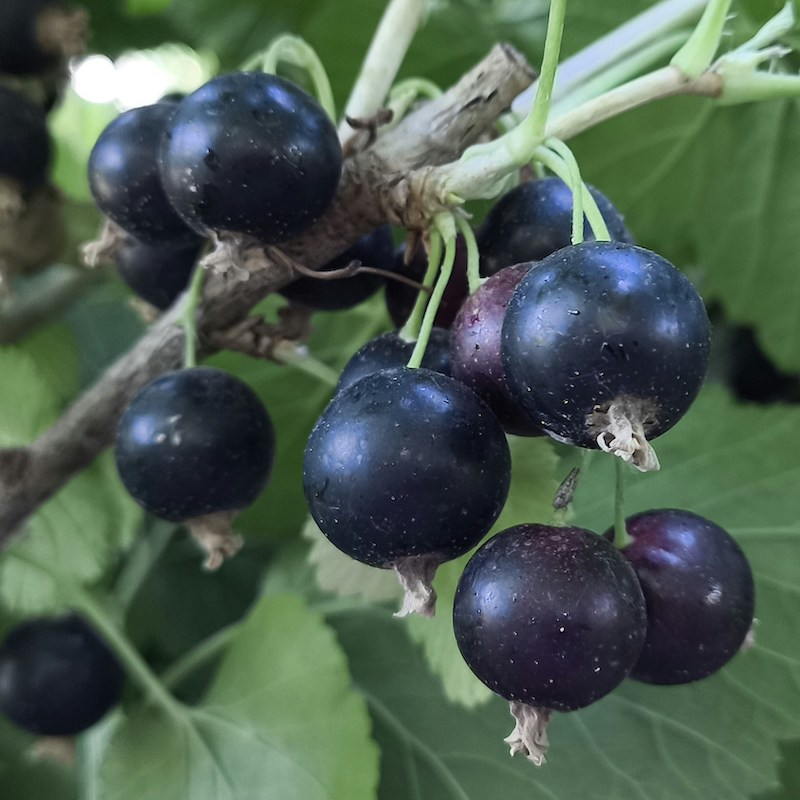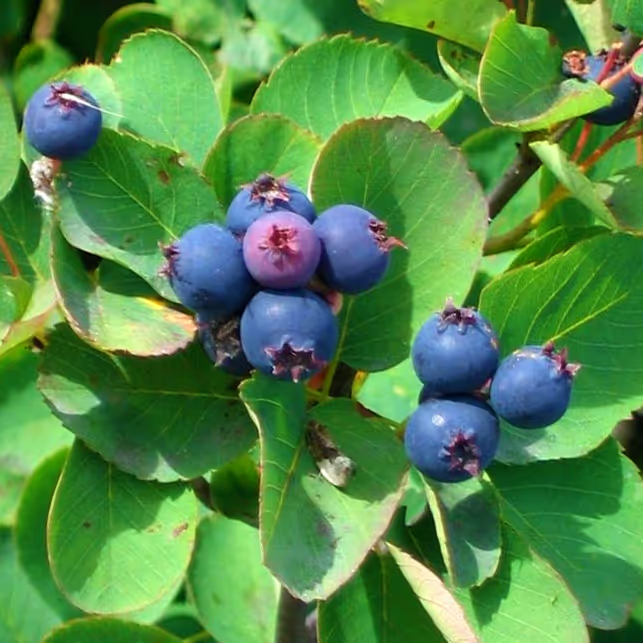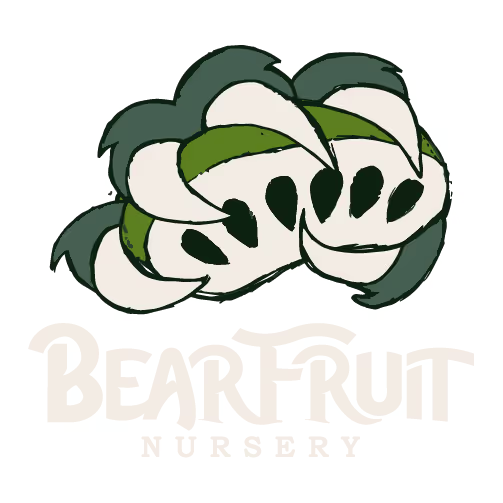Why Plant Hybrid Chestnuts?
Blight Resistant Chestnuts
Chestnuts have become a fading memory in American culture due to the Chestnut Blight that wiped out Appalachia's once dominant American Chestnut trees in the early 1900s. Thankfully, the future is bright for blight-resistant hybrid chestnuts. Blight-resistant Hybrid Chestnuts have been bred over many years through the cross pollination of American, European, Chinese, and Japanese chestnut genetics. Hybrid Chestnuts, with their nutritional equivalency to brown rice, are now considered one of the most important crops of the future. Unlike, most nut trees, chestnuts, are high in carbohydrates and produce consistent crops year after year. Hybrid Chestnuts are a sweet perennial source of carbohydrates that can be milled into a gluten-free flour, harvested for years without tilling or the use of herbicides, and can potentially be a versatile replacement for annual grain crops like corn or wheat.
Chestnuts are a perennial source of carbohydrates
It is rare to find a tree that produces a high carb food source in nature that is as easy to harvest and process as Chestnuts. Chestnuts can be eaten raw, roasted, boiled, or milled into flour for baking. Chestnuts are ready to eat as soon as they drop and do not have to go through a rigorous leaching process like their Acorn cousins. Chestnuts sound great in Christmas carols, are a versatile food source for the humans, and are a great way to attract wild game on your property. Planting fall-dropping Hybrid Chestnuts are a great addition to any food plot and can produce in as little as three year and become a fixture on your property for hundreds of years. Deer and Turkey will pass through your land again and again in the fall to stock up on sweet carbohydrates before the coming winter.
Why Plant Our Bare Root Hybrid Chestnut Seedlings?
Our Hybrid Chestnut seedlings are grown outside in loose native soil that is amended with our own compost and mulched with grass, leaves, and locally sourced wood chips. We focus on developing strong robust root systems for easier transplanting and avoid growing in pots to prevent circling roots. We do not spray our trees with herbicides, pesticides or chemical fertilizers. We collect our Hybrid Chestnuts seeds from reputable Chestnut breeders and from our own property as our young trees continue to mature.

